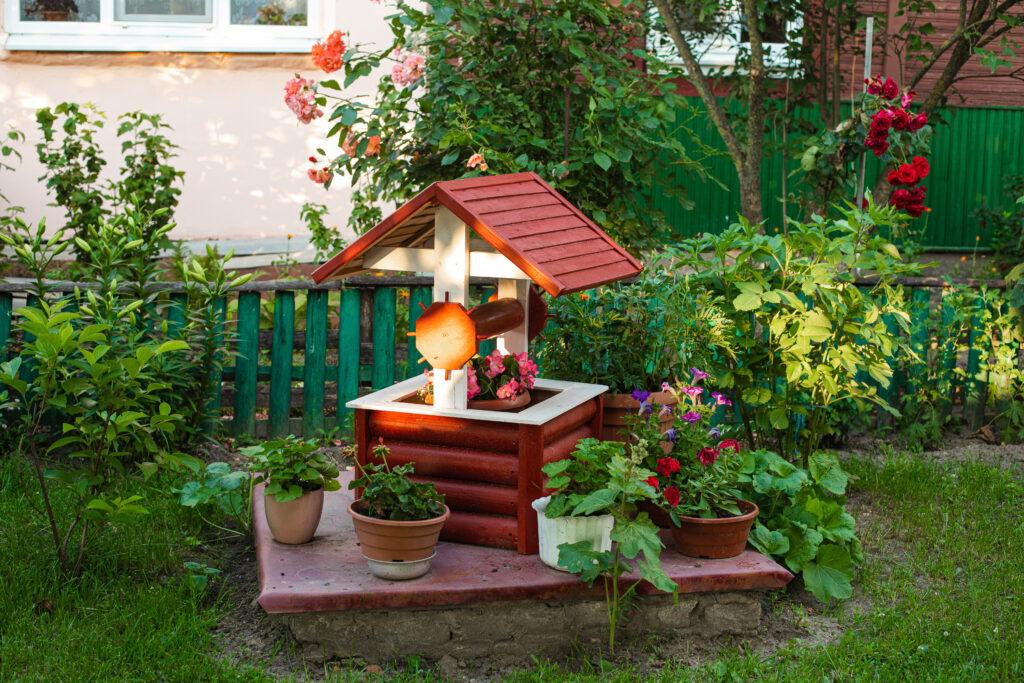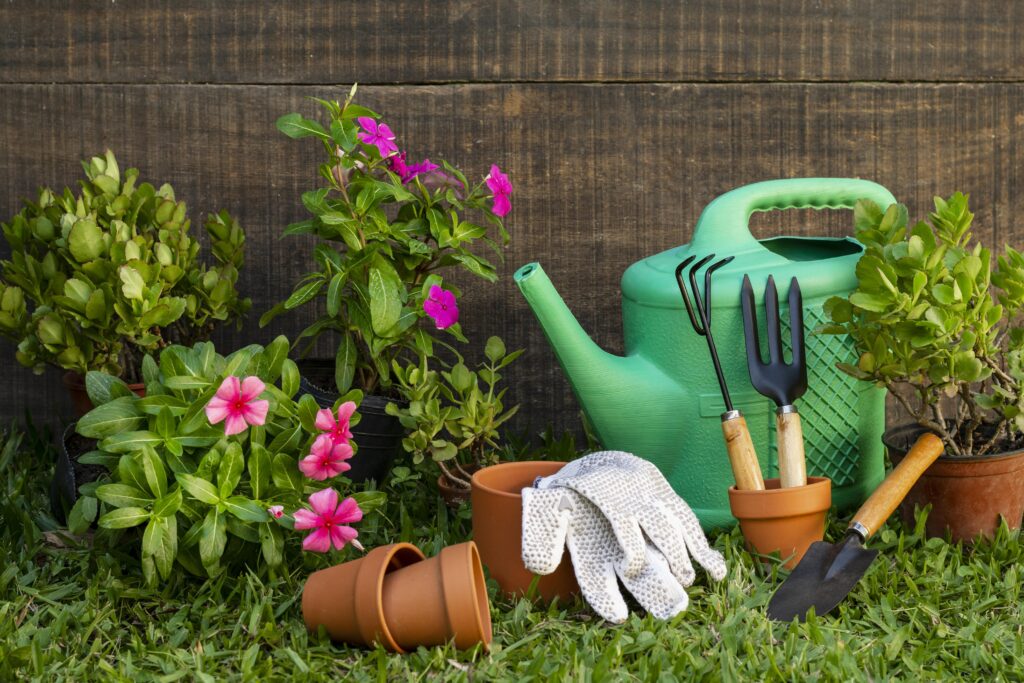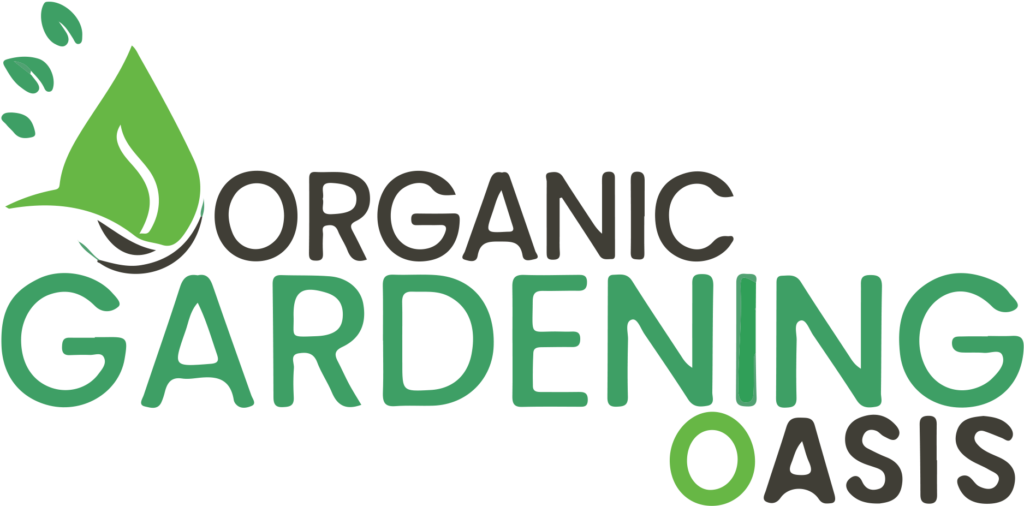How to Create a Pollinator-Friendly Organic Garden: Simple Guide for Beginners
Do you want to grow a beautiful garden that provides fresh, organic produce and helps the environment? A pollinator friendly garden is the perfect way to attract bees, butterflies, and other beneficial insects to your space. Doing this will help your plants grow healthier while supporting pollinator species that are vital to our ecosystem.
In this guide, we’ll show you simple steps to start your pollinator friendly organic garden. Keep reading; by the end, you’ll know exactly how to transform your garden into a haven for bees, butterflies, and birds. Let’s dive in!
Why You Need a Pollinator Friendly Organic Garden
Pollinators like bees and butterflies play a crucial role in the growth of plants. Many plants wouldn’t produce fruits, vegetables, or seeds without them. But these helpful creatures are in danger because of pesticides and habitat loss. By creating a pollinator friendly garden, you give them a safe space and ensure your plants are pollinated naturally and efficiently.

Step 1: Choose the Right Plants for Pollinators
When it comes to attracting bees and butterflies, the plants you choose matter. Some plants are better at attracting pollinators than others. Here’s a list of easy-to-grow, pollinator friendly plants for beginners:
- Lavender: Loved by bees and butterflies.
- Sunflowers: Their large heads make them a favorite for pollinators.
- Echinacea (Coneflowers): Excellent for attracting bees and butterflies.
- Milkweed: A must for a successful butterfly garden, especially if you want to attract monarch butterflies.
Make sure to choose native plants since they are best suited for the local pollinator species. Also, try to pick plants that bloom at different times of the year so that there’s always something for pollinators to enjoy.
Step 2: Go Organic – Say No to Pesticides
Pesticides are one of the biggest threats to pollinators. Using harmful chemicals can kill both pests and pollinators. To protect the bees and butterflies, stick to organic gardening methods. Here’s how:
- Use natural pest control methods like companion planting (e.g., planting marigolds to keep pests away).
- Encourage beneficial insects like ladybugs and praying mantises to control pests naturally.
- Make your compost to fertilize your soil without synthetic chemicals.
Organic gardening is key if you want your pollinator friendly garden to thrive.
Step 3: Provide Shelter and Water for Pollinators
Attracting pollinators to your garden is about more than just plants. They also need places to shelter and drink water. Here’s how to make your garden a safe space for pollinators:
- Bee Hotels: Create or buy small wooden boxes with holes for solitary bees to nest.
- Water Stations: A shallow dish with stones for pollinators to perch on while drinking will keep bees and butterflies hydrated.
- Brush Piles or Deadwood: Leave a few brush or wood piles in a corner to shelter bees and other insects.
These simple additions can make a big difference in keeping pollinators happy and healthy.
Step 4: Maintain Your Garden Naturally
Once your garden is set up, keeping it healthy is easy if you use natural practices. Here’s what you can do:
- Weed organically by using mulch or pulling weeds by hand instead of using chemical herbicides.
- Prune and deadhead your plants regularly to encourage more blooms, attracting more pollinators.
- Keep an eye on plant health and add compost or organic matter to enrich your soil.
These simple practices will keep your pollinator friendly organic garden thriving throughout the year.
FAQs
What plants attract the most pollinators?
Plants like lavender, sunflowers, echinacea, and milkweed are excellent choices for attracting bees and butterflies. Try to include a mix of plants that bloom at different times to keep pollinators coming all year.
How can I protect pollinators from pests without using chemicals?
you can use companion planting, attract beneficial insects, and create physical barriers like row covers to protect your garden from pests while keeping it safe for pollinators.
Do pollinator friendly gardens work in small spaces?
Yes! Even if you have a small backyard or use container gardening, you can still attract pollinators by planting the right flowers and providing water and shelter. Small gardens can be just as effective as larger ones.
Conclusion: Start Your Pollinator Friendly Organic Garden Today!

Creating a pollinator friendly garden is easier than you think. By choosing the right plants, using organic gardening methods, and providing shelter for bees and butterflies, you can help the environment and enjoy a beautiful, healthy garden.
Start small, and soon, your garden will buzz with life as you contribute to protecting pollinators and growing your own fresh, organic produce. Ready to take the first step toward a more sustainable garden? Get planting today!
To learn more about organic gardening, keep visiting the top organic gardening blog.
